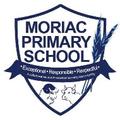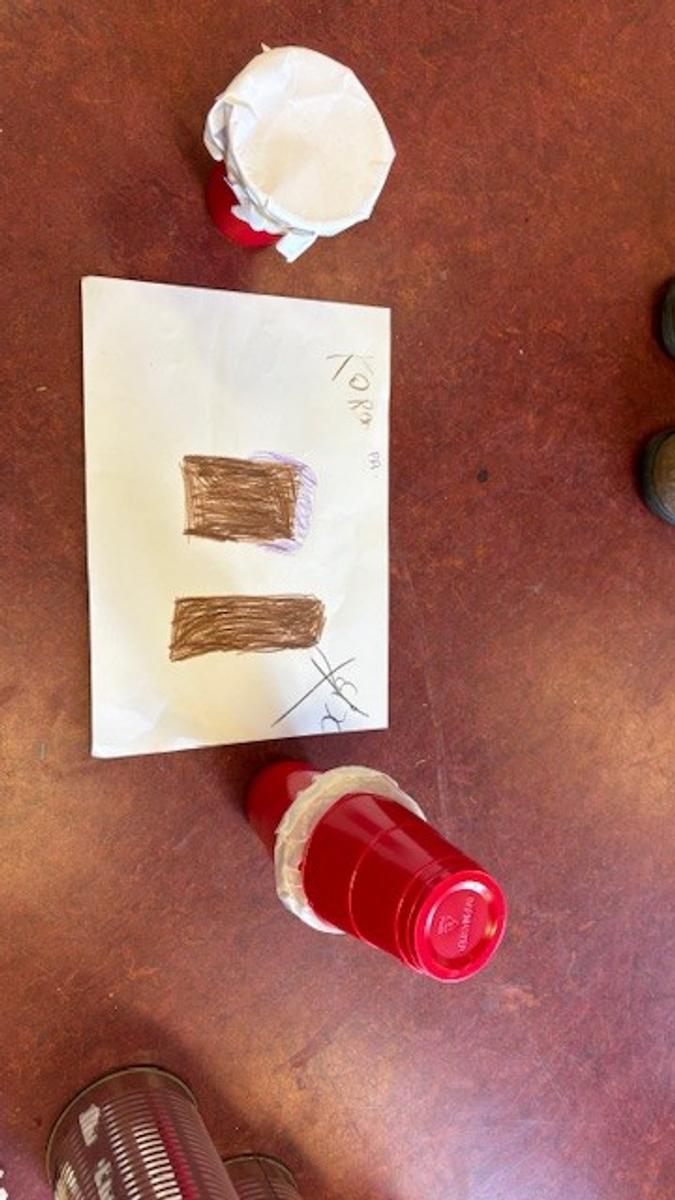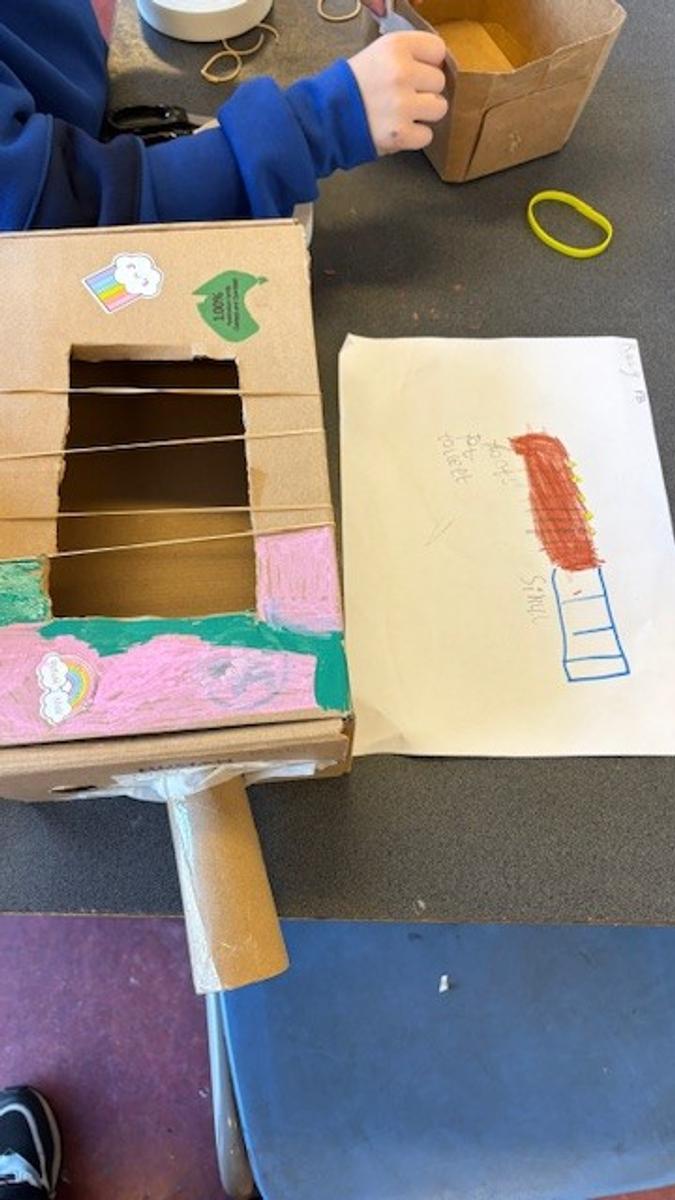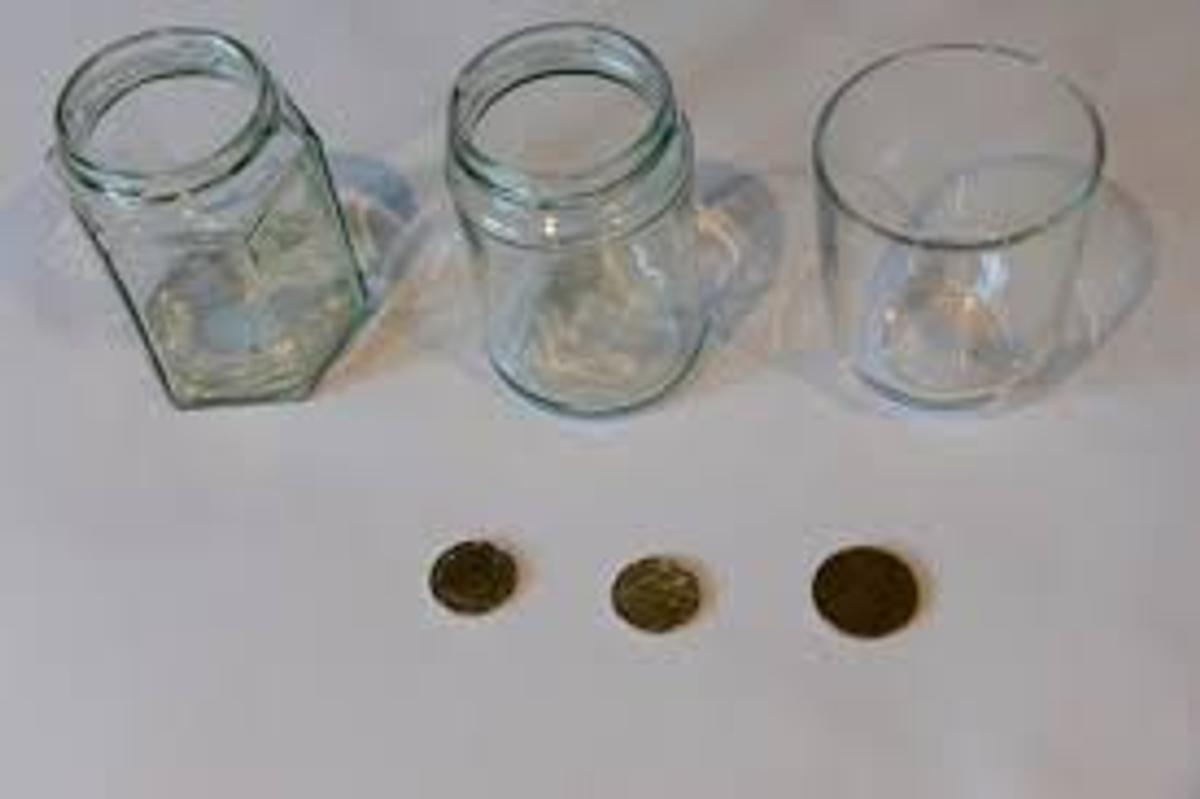Science

A Little Introduction
Hi everyone! I just wanted to introduce myself, I am Chloe Lumsden, or Miss L as MPS students know me to be. I've been working at Moriac Primary School for the last 12 months as a relief teacher and over that time have loved each day at MPS, getting to know your children and the values that make MPS such an engaging and community focussed place to teach and learn. I will be taking Science over the coming weeks and get the joy of seeing another side to the MPS students, their scientific side. I hope they enjoy the next few weeks as much as I know that I will.
Preps
Sounds are produced by a range of sources and can be sensed.
Students are experimenting and creating with recycled materials to make a musical instrument that produces sound. This has been a huge undertaking for the Preps, using their design briefs to guide them in their endeavours as well as a lot of independence, persistence and trial and error to produce the desired sound.
1/2s
Exploring different ways to produce sound using familiar objects and actions, such as striking, blowing, scraping, and shaking.
Students have used their design brief from previous week's to guide them in creating their musical instrument using a range of recycled materials. The 1/2s have taken on the challenge of producing their instrument and adapting their design or materials listed to produce a more durable and effective instrument.
3/4s
Comparing and contrasting the effect of friction on different surfaces, for example, the abrasion of tyres on a range of surfaces.
Students explored recycled materials to create their own vehicles for future surface testing in the coming weeks. Students used trial and error and knowledge from previous weeks to create axles and wheels with reduced friction. Students demonstrated collaboration whilst creating, with many students sharing their knowledge as they had their 'aha' moments.
5/6s
Recognising the refraction of light at the surfaces of different transparent materials, for example, when light travels from air to water or air to glass.
Students continued to explore through experiments this week, using water to recognise light refraction. Working in groups, students conducted the experiment, hypothesising, observing and reflecting on their understanding. Students then worked independently to record and reflect on the experiment using the scientific method to guide their publication.



